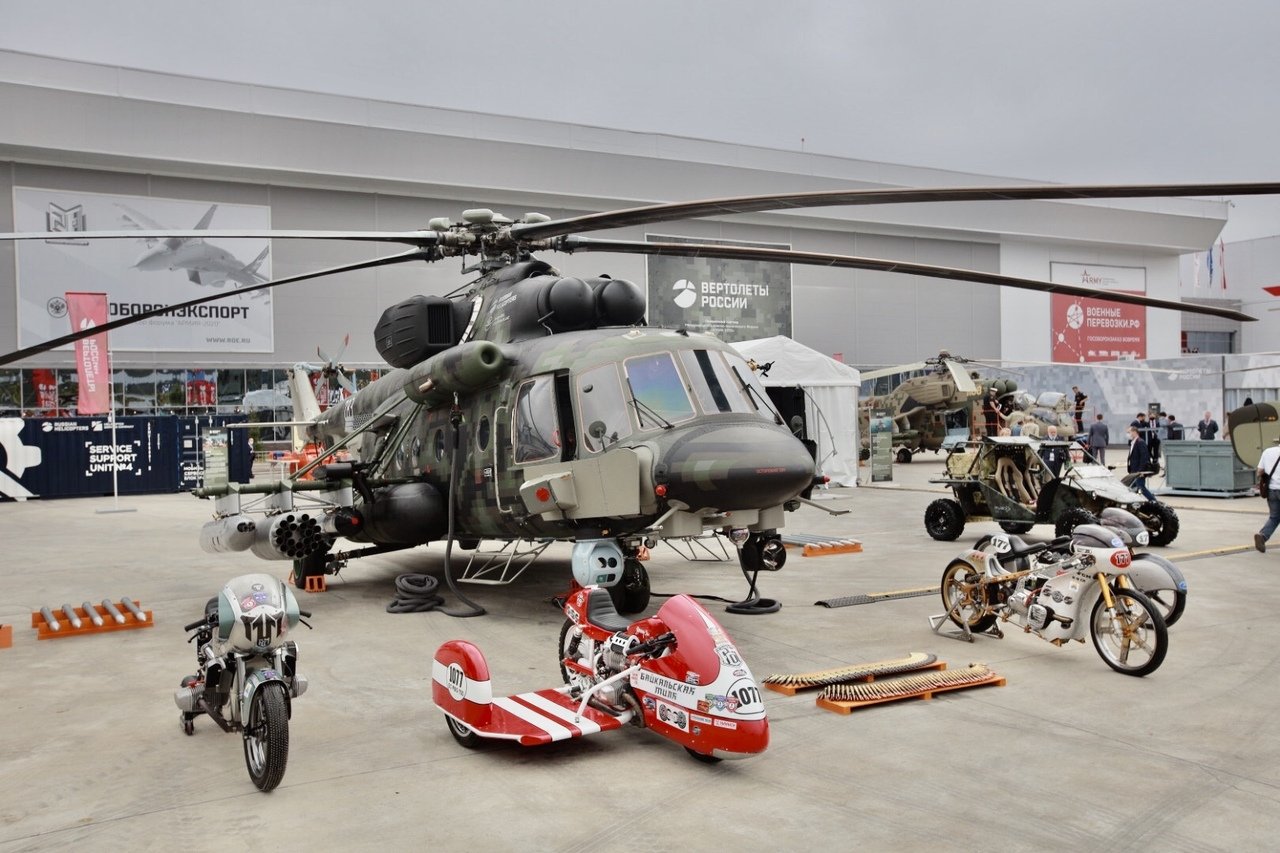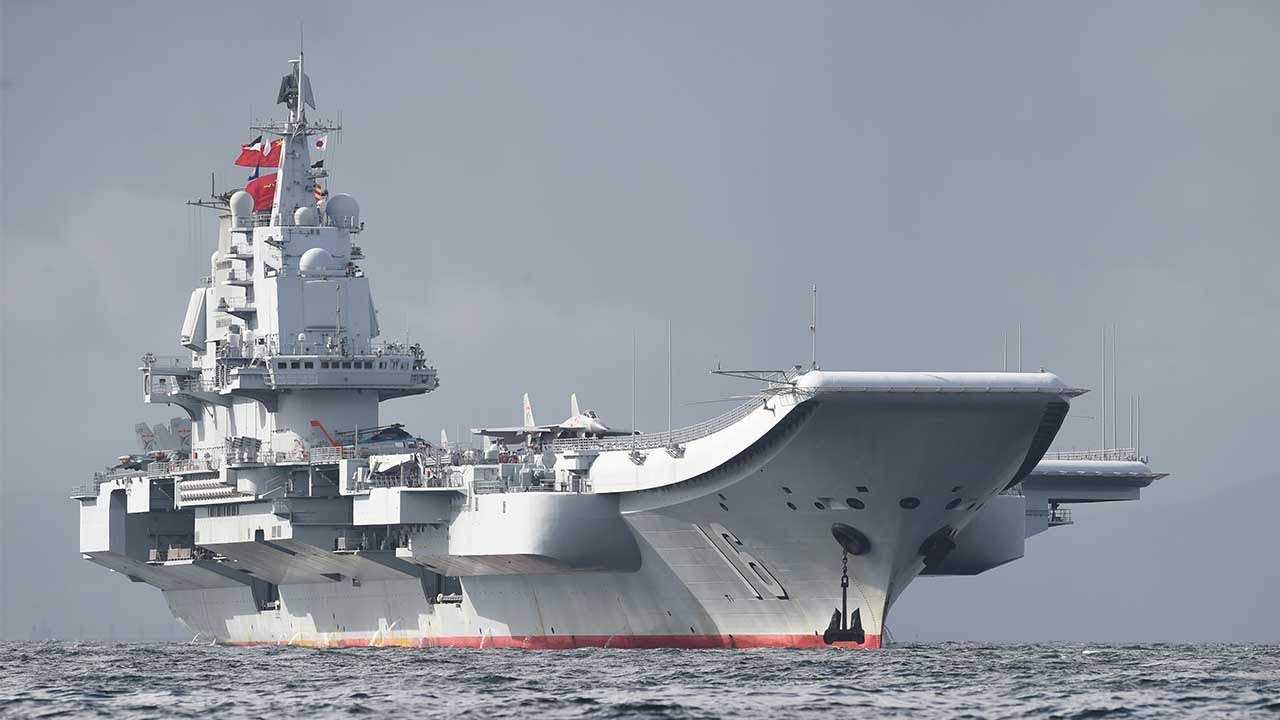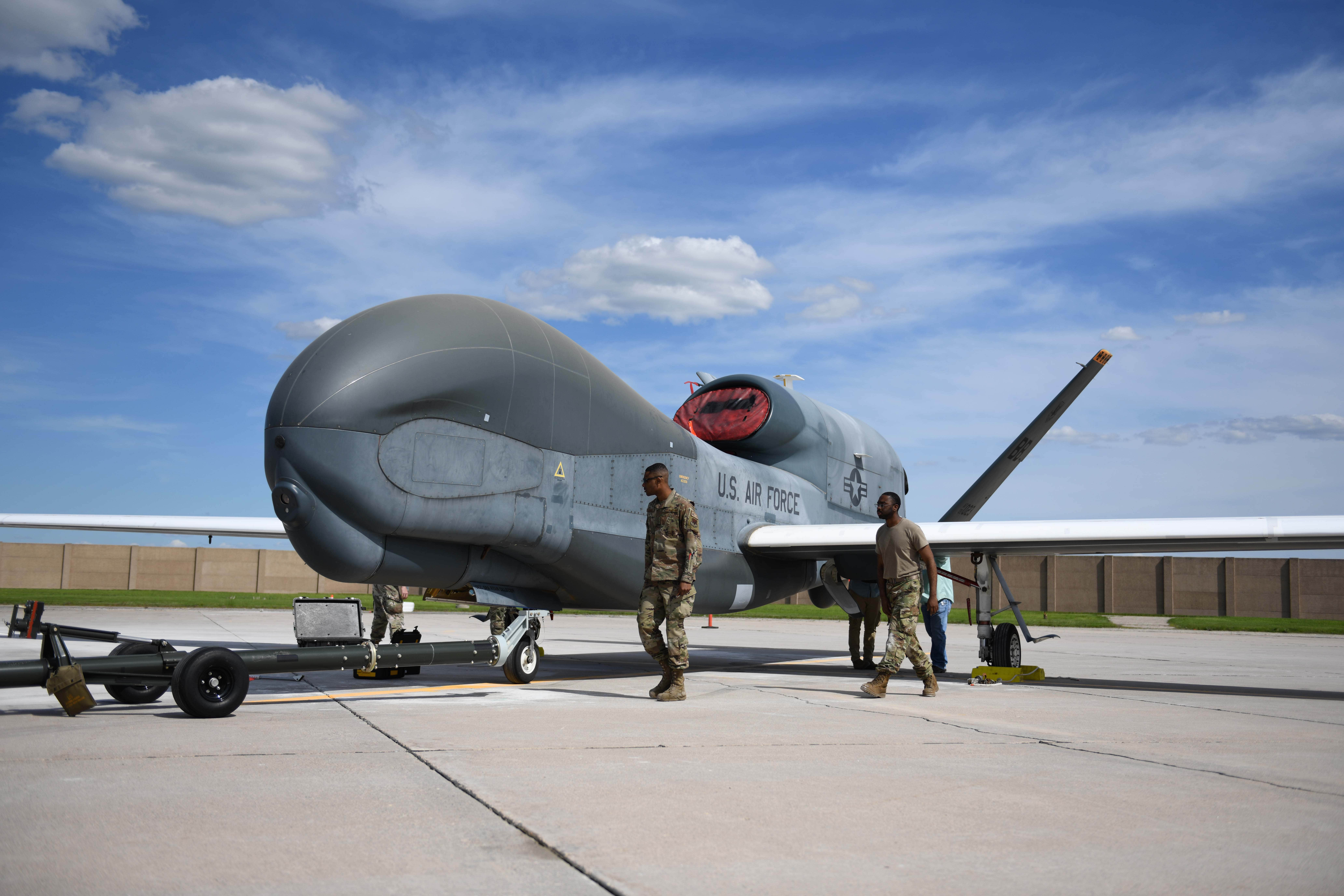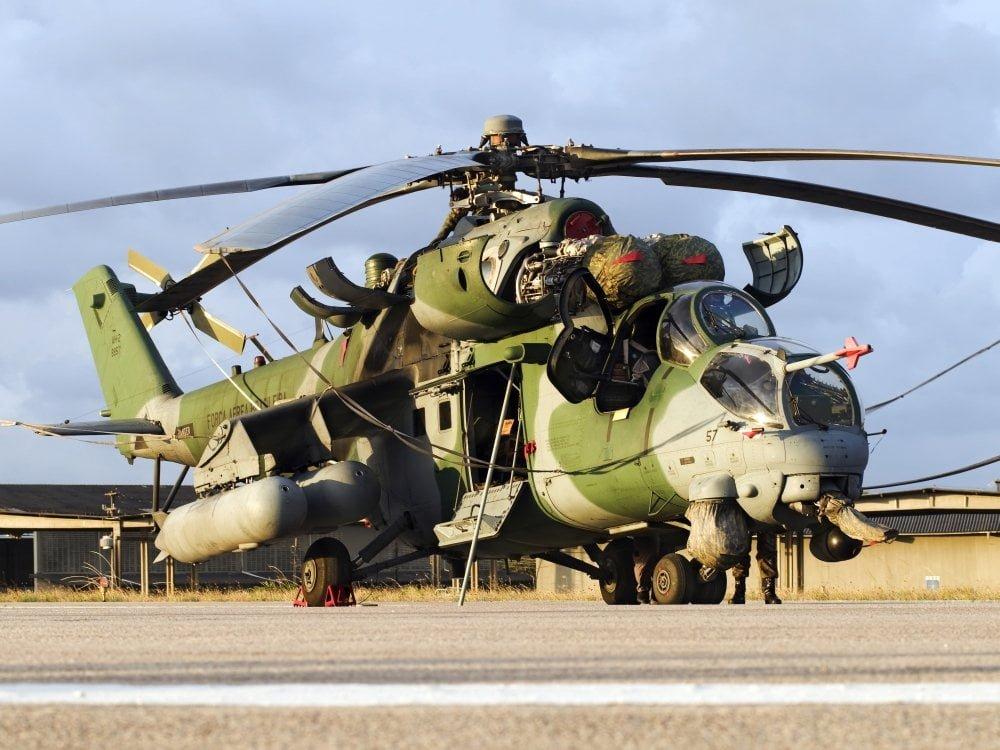
Pre-commissioning unit (PCU) Hyman G. Rickover (SSN-795) seen prior to a christening ceremony at General Dynamics Electric Boat shipyard facility in Groton, Conn., on July 31, 2021. US Navy Photo
It will take five years for the two shipbuilders that build Virginia-class attack boats to deliver two submarines a year, according to the Navy’s latest estimates of the production schedule.
Three officials who have been briefed on the Navy’s estimates told USNI News that General Dynamics Electric Boat and HII’s Newport News Shipbuilding would put the program on a two-boat-per-year delivery schedule by 2028 with steady improvement in shipyard workforce recruitment and retention.

The two yards are currently on a pace to deliver about 1.2 submarines a year, Navy officials told USNI News this week.
“On the Virginia side of the house … they are significantly behind. They should be at two boats per year. … They have made some progress in moving in [the right] direction. I’m concerned particularly about the construction of the sterns and bows in Virginia and getting those up to Electric Boat up in Connecticut and integrating them all,” Secretary of the Navy Carlos Del Toro told the House Appropriations defense subcommittee this week.
“We are holding industry accountable in every which way that we possibly can and working with them at the same time to try to close these gaps.”
The two submarine yards split the construction of each Virginia-class and Columbia-class submarines into portions. Newport News builds the bow and stern sections of each boat, while EB builds the mid-section of each submarine to include the reactor compartments.
One legislative source told USNI News that some of the bow and stern sections for the Virginia-class boats have been several months late.
In a statement the week, Newport News said “we continue to work with urgency to deliver the highest-quality submarines to the Navy. We are applying lessons learned from previous Virginia-class submarines and streamlining our processes to execute more efficiently.”
Production schedules have been affected by COVID-19 work stoppages and the expanded workload for the Virginia-class payload module, in addition to balancing the construction of the Columbia-class ballistic missile submarine line.
“The shortage of workers in the submarine community and across the nation is obviously a national challenge that we all have to address collectively,” Del Toro told HAC-D.
“We are working very closely with industry to try to close these gaps.”
Unlike the Virginia-class program, Columbia is on pace to meet its contract goal for a 2027 delivery.
Earlier this week, Del Toro said the program was 10 percent behind schedule, but Navy officials told USNI News he was referring to an internal EB 74-month timeline that is more aggressive than the Navy’s 80- month contract schedule.
“The shipbuilder and Navy created a six-month accelerated schedule to provide some margin in the lead ship construction process. The overall construction progress of the lead submarine is 10 percent behind that accelerated construction schedule. However, the contract dates, aligned with the Navy’s threshold requirements, are being met. The Department continues to closely manage Columbia’s schedule,” reads a Friday statement from the service to USNI News.
“Supplier base and industrial base workforce remain the top program risks. The Navy is taking steps to expand and strengthen the submarine industrial base by investing in six key areas: shipbuilder infrastructure, supply chain capability and capacity, scaling new technologies, addressing workforce trade skill gaps and constraints, expanding productive capacity via strategic outsourcing of large-scale fabrication, and government oversight of expanded industrial base efforts.”
However, an ongoing insurance dispute between the Navy and General Dynamics has added an additional delay to Virginia-class production.
The advanced procurement contracts for the next two Virginia-class attack boats are more than a year late because the Navy and GD have been unable to agree on each other’s share of responsibility in the event of an accident occurring either during construction or operations aboard attack boats that field Tomahawk Land Attack Missiles.





